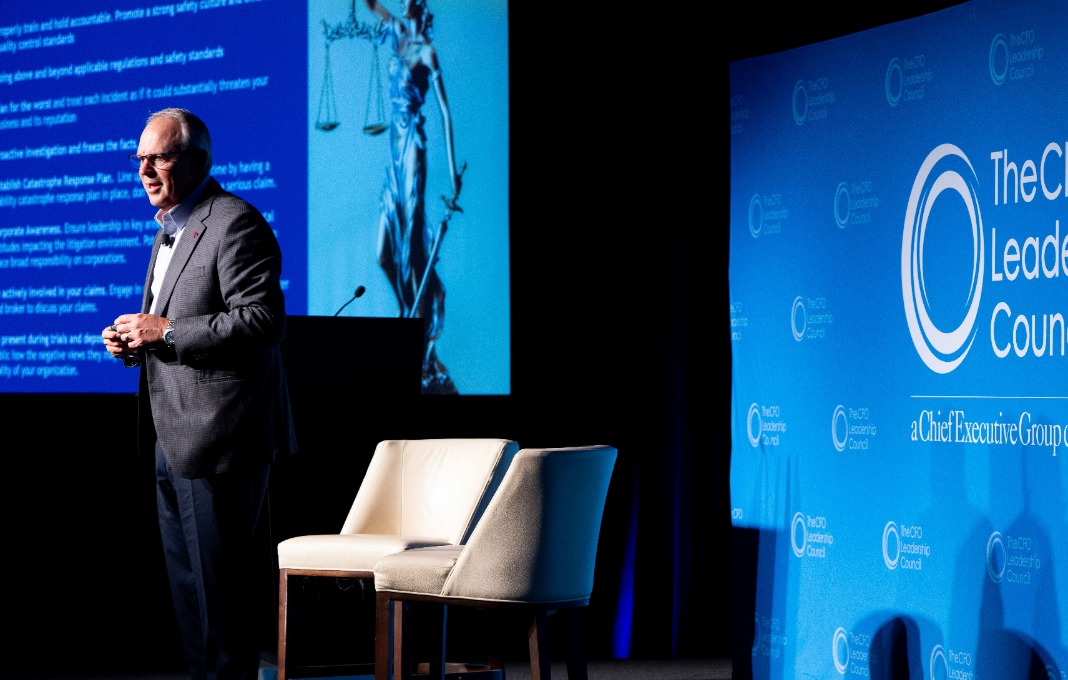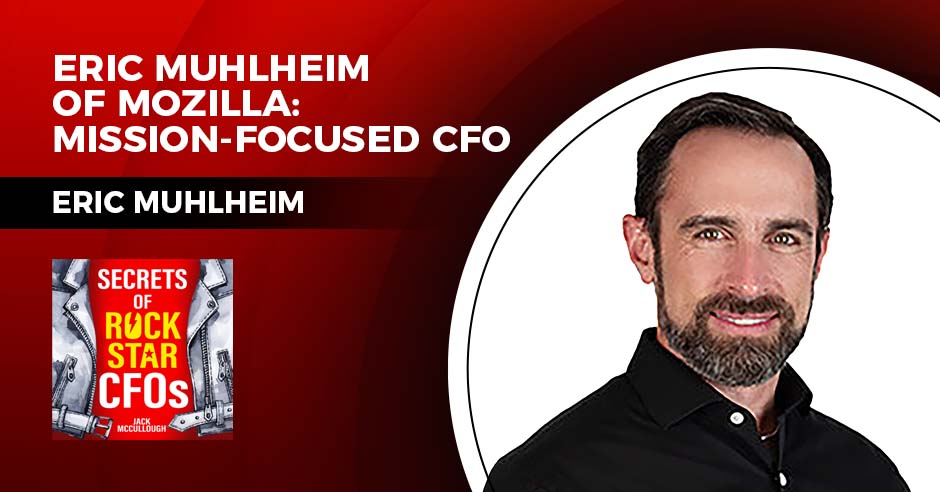Shifting societal attitudes toward corporate liability have resulted in an explosion of expensive jury verdicts that have rattled CFOs and their companies lately. The bad news is that the trend is likely only to worsen.
But companies can take steps to fare better in this new era, including everything from changing their approach about who testifies in such cases to taking a more proactive role in preventing whopper claims by litigants in the first place, said Keith Andersen, vice president and the lead litigation expert for Travelers Insurance.
“There’s a bullseye on corporate defendants these days,” Andersen told attendees of the recent CFO Leadership Council West in Phoenix. “You need to protect your business and your brand reputation.”
As cases in point, Andersen mentioned just four recent “nuclear verdicts” by juries that assessed a total of nearly $1.7 billion in damages, including $860 million against a crane operator after one of its machines collapsed during high winds, crashing into a neighboring apartment complex and killing a 29-year-old, and $464 million against an employer for emotional distress and discharge stemming from a “hostile work environment.”
“You usually think about worker’s comp in litigation, but there is a significant liability aspect as well, including third-party liability that can come from someone you’re not even aware of,” Andersen said.
Overall, he noted, the median size of such nuclear verdicts increased by 28 percent between 2010 and 2019, and the number of such judgments about doubled over that time. Nearly 120 different industries are “susceptible to nuclear-type verdicts” according to Traveler’s research, Andersen said, but “nobody’s immune.”
What’s going on, and what can companies possibly do to stem the tide?
Andersen blamed mainly social trends for the boom in outsized verdicts. Growing “anti-corporate bias” among Americans leads to the belief that “corporations care more about profits than people”; about two-thirds, in a recent survey believed “corporations knowingly cut corners to generate more profits.”
Once cases reach the courtroom, he said, jurors ponder “the lack of a personal connection to a corporation,” especially compared with the humanity of the typical litigant or that person’s family. Companies “are not a person; you’re an entity, and jurors struggle looking at you as a person. You don’t have a relationship.”
There’s also a “David versus Goliath” effect among Americans now that disfavors corporations, and what Andersen called “reptile-theory mania” that is “less about compensating the plaintiff and more about punishing the corporate defendant.”
Meanwhile, the stigma of becoming a litigant “has gone away” with succeeding generations, Andersen said. Covid created “a triggering effect that really focused on the litigation environment.” And, significantly, plaintiffs’ lawyers have gotten really good at marketing themselves and appealing to potential litigants.
“Traditionally, these lawyers would put up billboards and do commercials during Judge Judy on TV,” Andersen said. But now they are doing more traditional types of advertising that are acceptable to the public, and they’ve gone deep on the digital piece of it. They’re able to get in front of a lot of different people. And some of their advertising is disguised as public-service announcements. They’ve gotten very sophisticated at villainizing me as an insurance company and you as a corporation.”
But companies aren’t helpless even amid the tsunami of big judgements against them. Here’s what he advised:
Mount a good offense. It becomes the best defense. And that begins with heightening corporate awareness of the shifting societal attitudes that affect the litigation environment. “Potential juries remain predisposed to place broad responsibility on corporations,” Andersen said.
Take practical steps. Some practical defenses seem obvious but must be reinforced. Promote a strong safety culture and enforce quality-control standards, he said. Go above and beyond applicable regulations. Plan for the worst and treat each incident as if it could substantially threaten your business and reputation. Establish a catastrophe-response plan that lines up resources ahead of time, before a serious claim.
Do your own research. All of the practical safeguards likely still won’t prevent serious claims, which is where the next phase of corporate defense becomes crucial. Conduct a proactive investigation and “freeze the facts,” Andersen said. Be actively involved in your claim, engaging in regular communications with insurers, brokers and attorneys.
“You’re the expert at what you do, and wherever you transfer risks, partner with them,” he said. “They control the risk, but you’re the expert. Partner together to get the right outcome.”
Own the courtroom. In that arena, Andersen said, the personal touch is crucial. Executives who are testifying should junk the traditional coaching about terse answers to plaintiff attorneys’ questions and, instead, “be a human. Elaborate on your answers; teach people like you’re a teacher or professor and explain to them the ‘why.’ Be the most reasonable person in the courtroom. If [the company made] errors, put them out there and talk about how they did or didn’t impact that particular case. Humanize yourself in the courtroom; that’s what plaintiffs are doing.”
Shun the spotlight? Perhaps surprisingly, Andersen said, the type of witness that jurors are most likely to distrust in a corporate case are not attorneys or experts—it’s a CEO or CFO. “You’re not bad people,” he said. “And if you make a mistake, you want to make it right.” But “we need to change the courtroom dynamic.”








